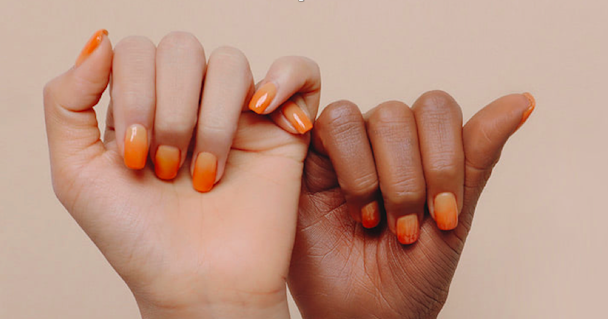Inclusive influencer marketing is a win for everyone
Influencer communities have revolutionized representation for marginalized groups, giving them (when done well) a direct and authentic voice. For our Deep Dive on Marketing and the Marginalized, Jennie Lindehoff, head of PR and outreach at The Drum Network member agency ClickThrough Marketing, explores the right (and wrong) ways to engage with underrepresented influencers.

ClickThrough Marketing on how to be more inclusive in influencer marketing.
You could be the nicest brand in the world, but if diverse audiences don’t see themselves represented on your website or on your social media channels, they’ll probably spend their money elsewhere.
Diversity in influencer marketing is especially necessary as influencers’ recommendations come from ’trusted friends’. Ads and sales pitches can easily be tuned out by faceless (well, to consumers!) agencies, but we’re drawn to influencer content because it’s relatable. If we don’t see ourselves represented, we won’t engage positively.
Diverse demographics
It’s always tempting to work with the big-name content creators with big reaches and large followings, but they won’t always represent your audience in a direct way. It’s important to choose real people who represent a diverse group (ethnicity, skin color, gender, body type, religion, physical abilities, sexual orientation, socio-economic status etc) and are a reflection of your real-life customer base.
Making a conscious effort to consider different demographics of influencers, who will add authenticity and reliability to your campaign, will help you reach a wider audience that is more likely to engage with your brand. By only working with one type of influencer, your brand sends a signal that you have a narrow idea of who fits it. For example, if you exclusively show rich people using your products, or only middle-aged women, when in fact the product is also used by young men and people with a lower income, you’ll be telling this part of your customer base that your products are not for them.
Athleta does this well. Its Instagram feed shows that it is a brand for women and girls of all ages, background, shape and form. It regularly works with influencers from different backgrounds (not as a one off), such as curve model Remi Bader and indigenous wellness advocate Kendra Jessie. Looking at Athleta’s feed, all women feel welcomed.
On the other hand, Stylenanda, a South Korean beauty brand, attempted to bring diversity to a campaign but garnered the wrong sort of attention. What went wrong? The hand featured in the image had been edited or made-up to look darker – something that users quickly picked up on and spread awareness of. Looking at the brand’s Instagram, diversity doesn’t appear to be a key focus, so the picture was not only poorly executed but noted for its tokenism.
You must ensure that diversity is a permanent focus and use influencers and models who genuinely are from the demographics you’re promoting.
Avoid the unattainable
You should also make sure that the influencer’s lifestyle is aspirational but not unattainable. Scrolling through Instagram, the vast majority of influencer posts will be edited in some way. Some use filters to make their skin look different; others Photoshop images for a different background. They’re showing their followers a fake world that is unattainable and difficult, or impossible, to replicate.
Instead, work with influencers who are honest with their audience and portray a ’healthy’ lifestyle. Micro-influencers are a great example. They have a more genuine connection with smaller (but more highly engaged) audiences.
The idea of working with influencers is for ’real’ people to test and use your products and services. If it looks unattainable, chances are many won’t buy into it. Sure, not everyone is 100% natural on Instagram all the time, but a post shot in a tidy room is much more achievable than one Photoshopped into a different location altogether (even if it’s actually messy behind the scenes).
Authenticity, always
Consumers will see right through a campaign that is all for show. Before working with influencers, make sure that your brand is accountable when it comes to being diverse and inclusive.
People are clever. They will look deeper into your brand, beyond images with people of different ethnicities. Have you got a diverse staff? Does your team reflect your customer base? If not, are you consulting with people outside of your company to get your messaging right? And do you have plans for how you can grow your team to reflect your customers better?
Establish long-term relationships with influencers. People will buy into your brand if you have strong relationships with your customer base, and seeing influencers they follow talk about your brand regularly (and not just as a one off) will reassure them that your brand, product and service are worth investing in.
It’s all about identity
Look at your brand identity. Does it speak to a diverse group of people with different backgrounds? If not, think of ways to make it more diverse and inclusive.
But diversity for diversity’s sake isn’t a great strategy. People will quickly see through it. Spend time considering your brand’s unique selling points and find the influencers who can help spread the word – regardless of what makes them stand out.
Content by The Drum Network member:

ClickThrough Marketing
At ClickThrough, we’re a company of talented people, with an incredible passion for digital performance marketing. We know exactly how important service and results...
Find out more
